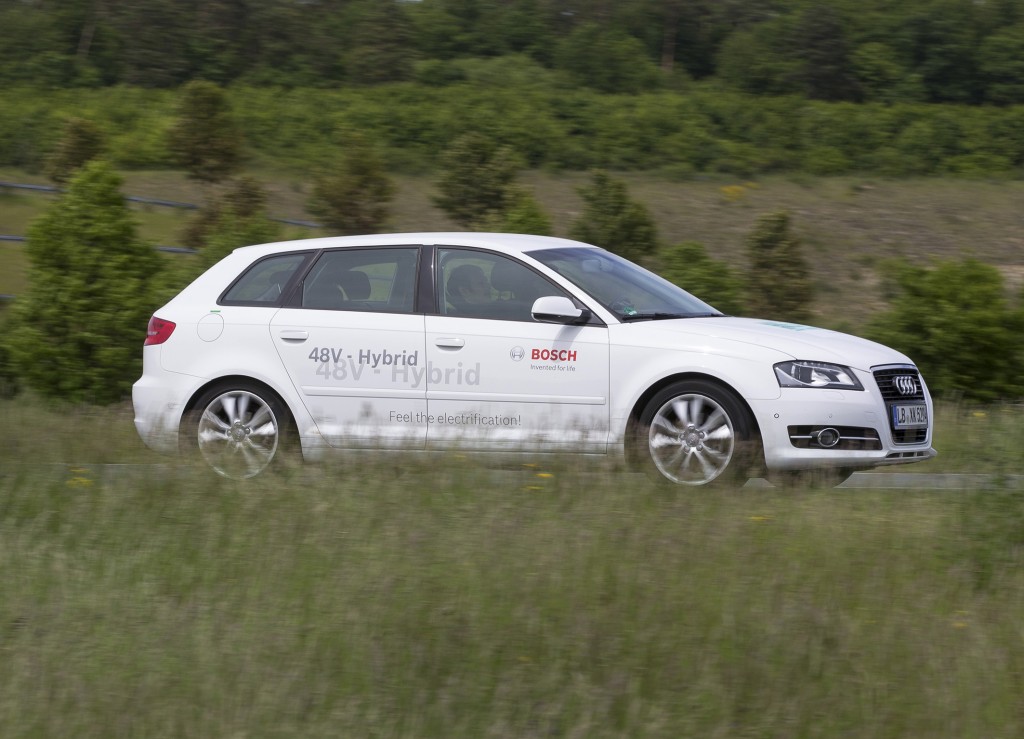Tesla wants to apply the 48-volt electrical architecture it debuted in the Cybertruck to vehicles from other brands.
In a recent blog post, the automaker explained that it will implement what it calls the Low Voltage Connector Standard (LVCS), building off the 48-volt Cybertruck architecture, in all of its vehicles to help simplify hardware. And, much like the North American Charging Standard (NACS) DC fast-charging connector, it’s pitching LVCS to other automakers.
The LVCS narrows the number of electrical connector types needed in new cars down to six, according to Tesla, while meeting the requirements for 48-volt operation like increased spacing between contacts. That’s critical to prevent arcing and shorting once the current is stepped up from the current auto-industry standard of 12 volts to 48 volts.
Tesla LVCS connectors
Tesla believes a 48-volt electrical architecture is the “optimal long-term choice,” noting that it requires one quarter of the current to deliver the same amount of power, and claiming that it will help ensure reliable operation of autonomous-driving systems.
After Tesla rallied to drop 12-volt lead-acid accessory batteries from its EVs, it made the full leap to 48-volt with the Cybertruck. Next-generation Ford EVs might do the same. But these aren’t the first automotive applications of 48-volt tech.
Mild hybrids have used 48-volt electrical architectures for over a decade. Ironically, those systems all had DC step-down and carried over a 12-volt system for accessories—while suppliers extolled the virtues of going 48-volt for everything. Automakers didn’t bite, though, primarily due to the high cost of upgrading all electronics at once.

Bosch 48-volt mild hybrid
Now, with autonomous vehicles, standardized components, and streamlined connectors in mind, Tesla’s framing of its 48-volt hardware as a new industry standard could allow costs to be shared.
It’s worked for Tesla before. In 2022 it made a strong appeal to the industry to use its NACS connector. By the end of 2023 every major brand in the North American market had committed to migrating to it.


